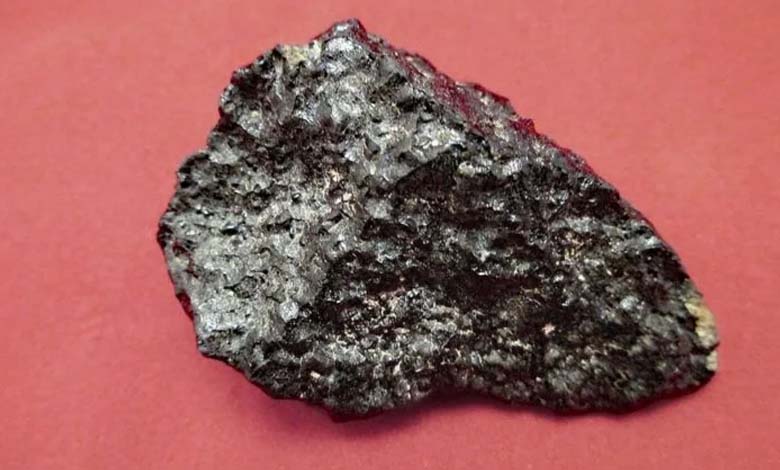Resembling ‘Gray Granite’… Identifying the Identity of Meteorites that Fell in Germany Days Ago

Astronomer Dr. Peter Jenniskens, specialized in meteorites, conducted a search operation for meteorites near Berlin after witnessing a fireball on January 21, 2024.
According to a report published by the California Institute of Technology (Caltech), an organization dedicated to exploring the universe, despite challenges in locating the meteorites, they identified fragments belonging to the rare group called “Aubrites.”
These meteorites, originating from the small asteroid “2024 BX1,” mostly have a transparent glassy crust and exhibit a unique mineralogical and chemical composition. This discovery was officially announced by collaborators at the “Für Naturkunde” museum, who confirmed the classification of the meteorites as Aubrites based on initial examinations.
These meteorites were named after the village of Aubres in France, where a similar meteorite fell in 1836.
These meteorites differ from others; they resemble gray granite and contain magnesium silicate enstatite and forsterite. This finding emphasizes the importance of meteorite groups for research and adds to the limited materials available from observed falls of this type worldwide.












